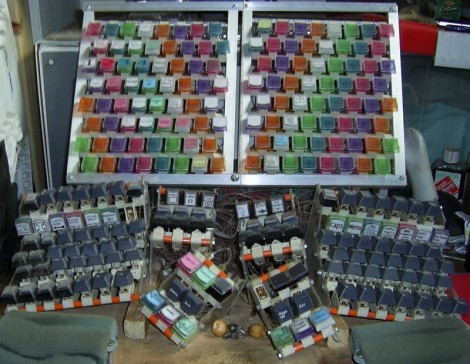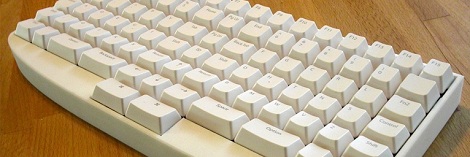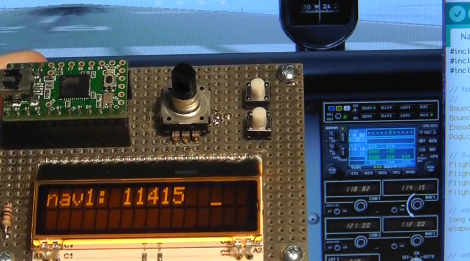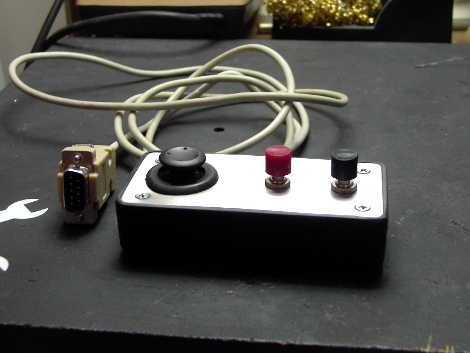
Upon first sight there will be no doubt in anyone’s mind that this is a hacker’s keyboard. [Tim Tyler] built the odd-looking conglomeration of keys a few years ago with the goal of improving the man-machine interface. Why waste all that thumb space with just one long keyboard when you can have at least nine keys per thumb?
After some additional consideration this isn’t all that unorthodox. We’ve seen keyboards that split the hands; in fact you can buy them. This just adds the thumb matrices and that rack of programmable keys above the alpha-numeric portion. It’s rather organ-like with its multiple ranks, don’t you think? Check out the demonstration video after the break. It certainly has a keystroke sound that is all its own. The sound is different from the clackity “M” keyboard and its modern relatives thanks to the microswitches that make up each key.
Continue reading “Microswitch Keyboard Gives Those Lazy Thumbs A Workout”
















